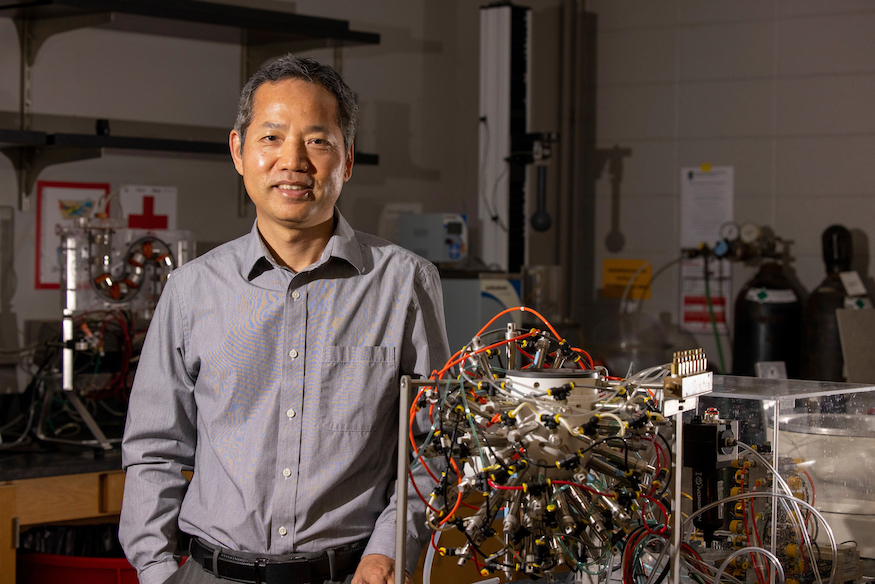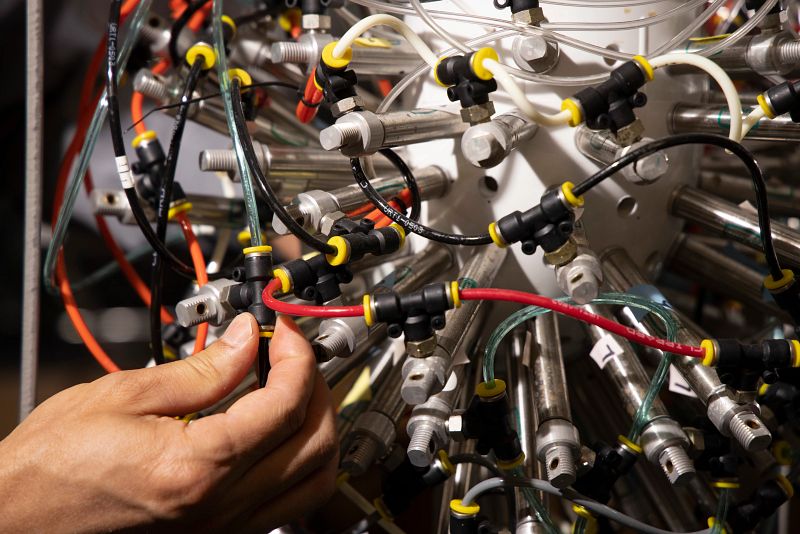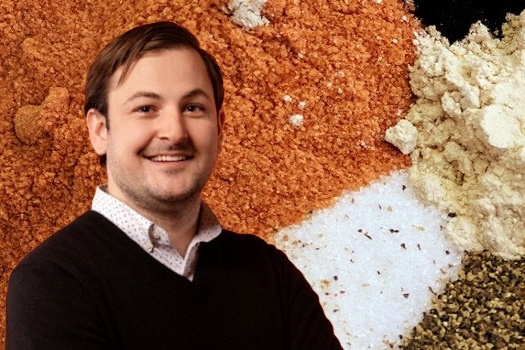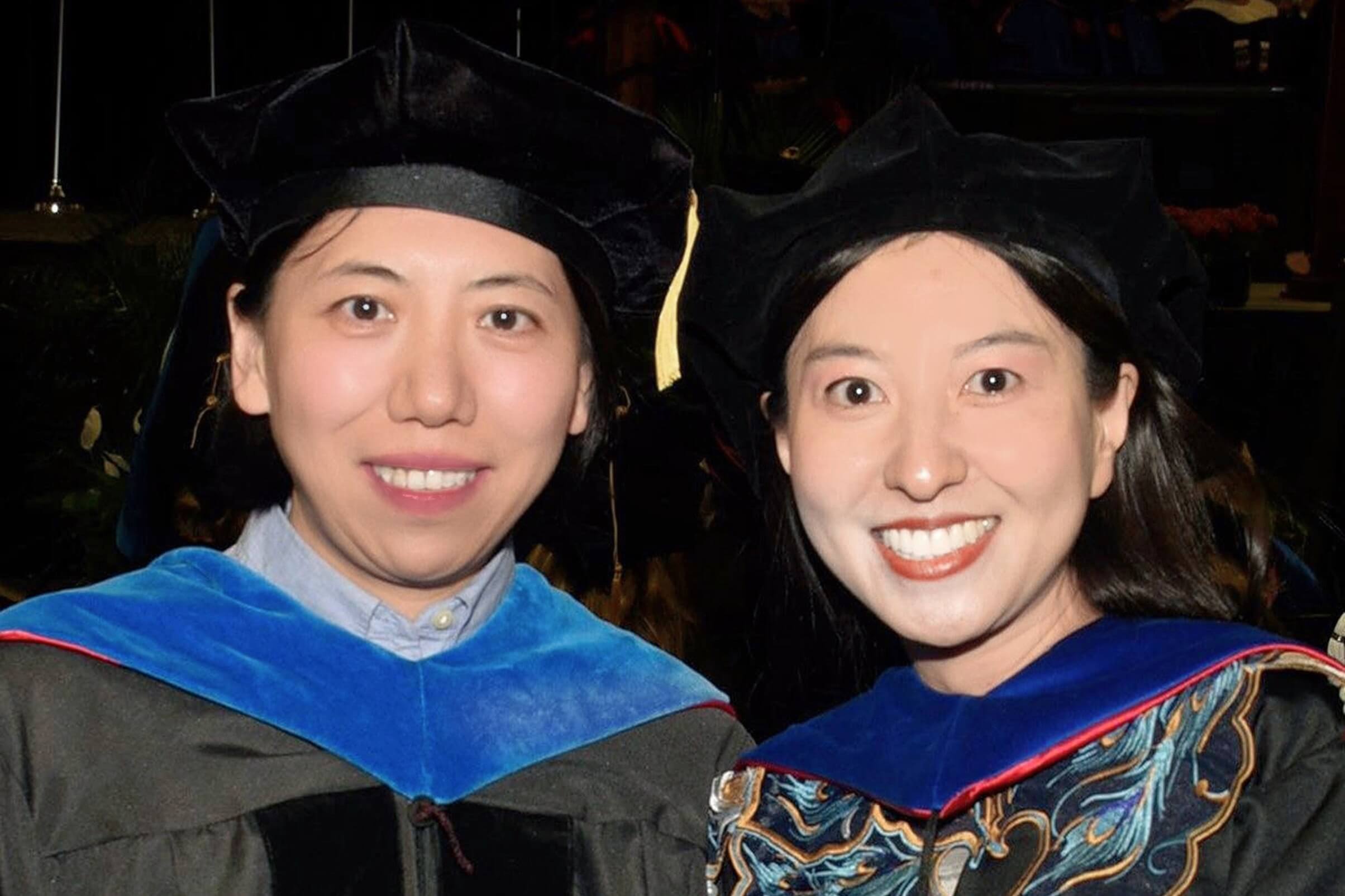
When you take a probiotic supplement, you are likely under the assumption that all those billions of beneficial bacteria will happily establish themselves in your digestive tract, providing a range of health benefits.
But despite extensive study, it is not clear how well probiotics can survive the gastrointestinal tract.
With funding from the U.S. Department of Agriculture’s National Institute for Food and Agriculture (USDA-NIFA), University of Georgia researchers are undertaking a comprehensive study to examine the factors that impact this supplement survival — from materials used for microencapsulation to the dynamic conditions in the gastrointestinal (GI) tract — to help determine the most effective delivery systems for probiotics and other bioactive compounds.
“Probiotics are one of the major interests of consumers for health and have become a very hot topic in how food can help improve our bodies’ health,” said Fanbin Kong, professor in the Department of Food Science and Technology (FST) at the College of Agricultural and Environmental Sciences and primary investigator on the project. “Probiotics are not new; they have been used in industry for many years as supplements in products such as yogurt. We want to do more study on this because, as the industry continues to add these probiotics into food and supplements, it is very important to know what factors will affect the survival of this beneficial bacteria.”
Over the course of the study, Kong’s team will work with FST colleague and Professor Rakesh Singh to prepare microencapsulated probiotics with spray drying, emulsification and extrusion technologies using six different encapsulating materials, including polysaccharides, proteins and lipids, with the goal of understanding how different wall materials survive the dynamic conditions within the GI tract, including the effect of pH, viscosity and contraction force.
Factoring in the human body
Most previous studies have been lab studies outside of a living organism with simplified (static in vitro) models, Kong explained, and do not factor in the “complex physiological processes present in the human body.”
At UGA, Kong has developed models of the human stomach and intestine that realistically demonstrate the way food breaks down in the human body and which will be instrumental in the study.
“There are several things that have not been studied because of the complicated GI tract physiology. The stomach juice is very acidic, which is a big threat to probiotic bacteria. But pH in the stomach is not a constant. The food itself has a buffering effect on the stomach that can increase pH, but acidity will then gradually increases with acid secretion. This pH change can be dramatic and can have impact on the microcapsules containing probiotics,” he said. “We want to know how this dramatic change in pH effects the microcapsules. Can it resist the change of pH in the stomach so they will not release the beneficial bacteria in the stomach that will be destroyed by stomach acid?”

The team also will study how different foods ingested impact transit, release, mucoadhesion and survival of microencapsulated probiotics through the GI tract. Various physical and chemical interactions may take place between the compounds present in food and probiotics.
“One effect is viscosity. Food has different viscosities, which may have a tremendous impact on the transformation of the cells under the microcapsules. If you eat a very viscous food, it will stay in the stomach for a much longer time. That may increase the risk of losing cell viability in the probiotics,” Kong said. “In addition, food components, i.e. proteins, starches, carbohydrates, lipids, have different digestion and emptying mechanisms. We will determine how that will affect the microcapsules dependent on how long they stay in the stomach and how they affect cell adherence to the intestinal surface (mucosa).”
Simulating the GI tract
Kong's lab has some unique advantages in studying how the mechanical movement in the GI tract — known as peristaltic movement — affects the microcapsules containing probiotics. The dynamic GI models he has developed simulate the physiological conditions of the stomach and intestines, producing different results than the static in vitro testing models that are most commonly used in the food industry.
“That contraction is a mechanical movement that helps break down food we eat,” Kong said.
“These static models are very simplified, using a beaker or container that holds a certain volume of gastric or intestinal juices that are mixed with supplements or drugs. Then, after a period of time, they look at the samples and measure how much of the active compounds are released,” he explained. “We want to see how peristalsis in the stomach and intestines will affect the microcapsules when combined with the chemical elements. In our dynamic model, the dynamic changes in pH in can be simulated as in a real stomach, as well as simulating peristaltic movement so we can provide a more accurate evaluation of the digestion of food or drugs.”
The researchers will begin by preparing six different microcapsules using varying wall materials that will then be fed into the model.
“We can control all the factors — pH, viscosity and also the force created by contraction to see how these different factors can affect the transit and transformation of the microcapsules. We will take what is left in the intestine and measure how many cells have been released and how much is still alive,” Kong said. “This is an important feature of our study.”
Because probiotics are supposed to reach the colon where they are designed to attach and adhere to the mucosal surface and colonize, Kong’s team will work with Professor Alexander Stelzleni in the Department of Animal and Dairy Science who is working with pig models to evaluate the colonization of bacteria in the intestine and the impact on the animals’ microbiota. The pigs will be fed the microencapsulated probiotics created in the study. FST Professor Jinru Chen will test the samples from the feces and GI tract to see how the probiotics impact the pigs’ intestinal microbiota.
“This is very much related to human health and the immune system. Study outcomes could provide guidance on how food affects the bacteria and information for industry on how different encapsulating materials and preparation methods impact the behavior of microcapsules in the digestive system,” Kong said.






